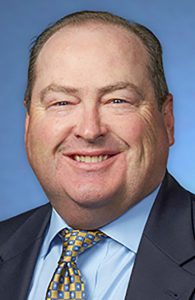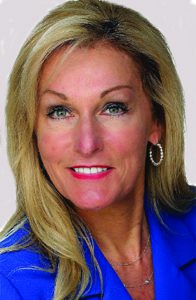
By Michael Cruz
Every January we work on resolutions. Business planning often tops the list of things we want to do better. There are numerous articles about the coming year and predictions from experts. If you did a solid planning effort – great! If not, do not wait for the next new year.
This takes some work and should be done outside of your office in a planned event. The best planning events also bring in facilitators. A facilitator is someone outside your company who can discussions focused and move you through a solid process. Many of these discussions can become contentious. And, a good facilitator will make sure that everyone contributes and get you more buy-in from your leadership team.
A solid key to good planning is working on a SWOT with your leadership team. SWOT analysis is a framework for identifying and analyzing an organization’s Strengths, Weaknesses, Opportunities and Threats. The primary goal of SWOT analysis is to increase awareness of the factors that go establishing a business strategy.
Strengths are those things that your company is good at. Often, they are things that make you stand out from your competitors. Weaknesses are those things that we should get better at. Opportunities are those things answered by the question ‘What if?’ For example what if we were able to add a new product offering? Finally, Threats are those things that are outside our control. For Threats we want (later) to have mitigation strategies. Examples include macro economic questions of the economy slowing down, government regulations and the like.







